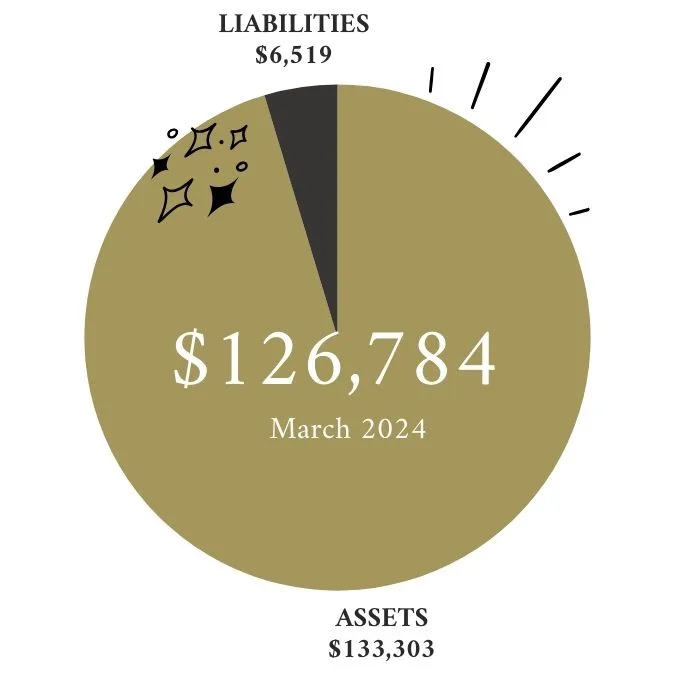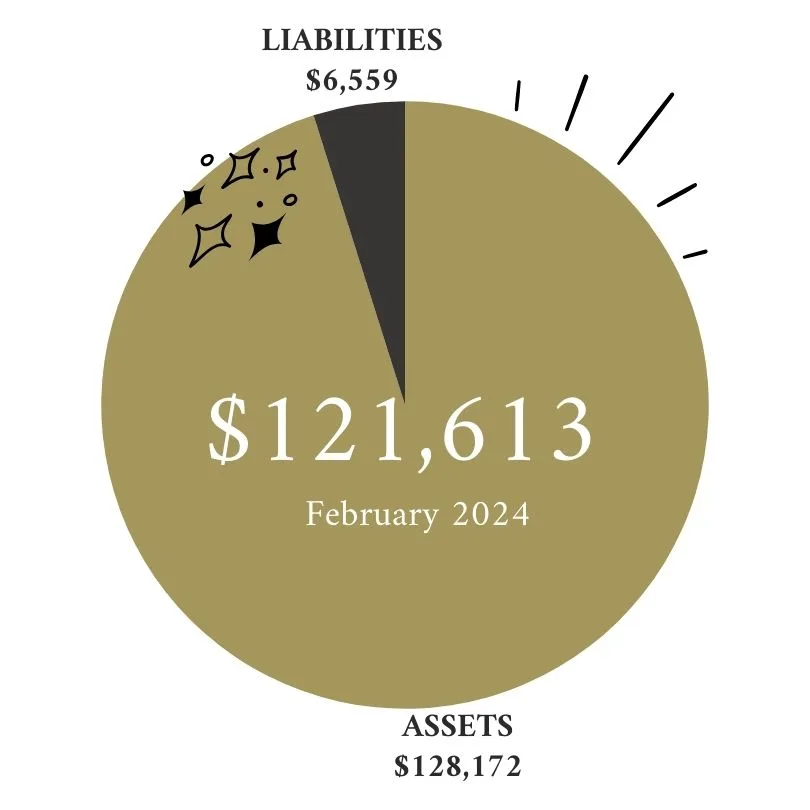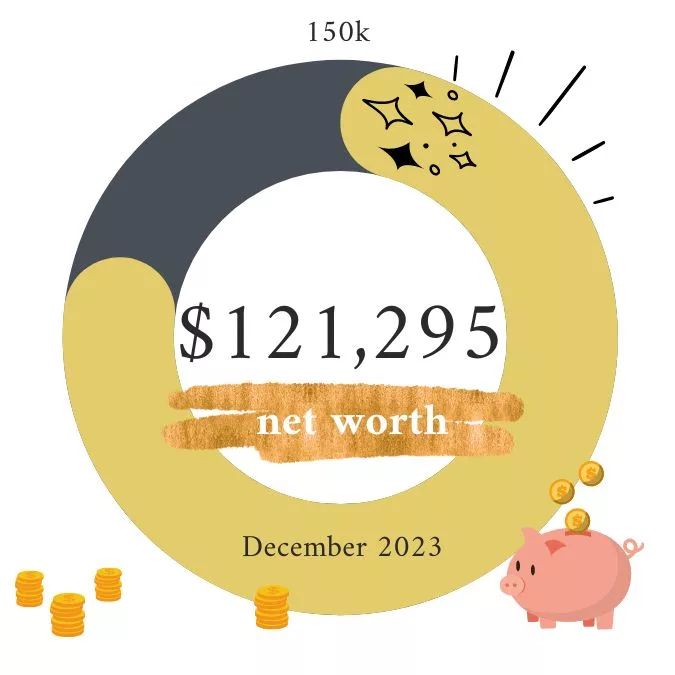I know that the word “budgeting” might make some of you cringe, but fear not! With the right mindset and a few easy tips, you’ll be well on your way to financial stability and success.
Tip #1: Track your expenses
The first step in creating a budget is to track your expenses. This means keeping track of every dollar that goes in and out of your bank account. You can do this manually by writing everything down in a notebook or planner like the free printable one here, or you can use an app to help automate the process. Manual tracking has the advantage of protecting your sensitive data from large scale security breaches that can occur when using apps but at the cost of added time to your day or week.
Tracking your expenses is essential because it allows you to see where your money is going. Once you know, you can start to make adjustments to your spending habits. Maybe you’ll realize that you’re spending too much money on groceries or eating out. Or maybe you’ll see that you’re spending more on subscriptions than you realized. Learning how to declutter your finances will take you far.
Whatever the case may be, tracking your expenses is the first step in creating a budget that works for you instead of against you.
Tip #2: Set financial goals
The second tip for creating a successful budget is to set financial goals. What do you want to achieve financially in the short-term and long-term? Do you want to pay off debt, save for a down payment on a house, or start a retirement fund? Whatever your goals are, make sure they’re specific, measurable, and achievable.
Setting financial goals will give you a sense of purpose and direction when it comes to managing your money. When you have a goal in mind, it’s easier to make financial decisions that align with that goal. For example, if your goal is to save $5,000 for a down payment on a house, you’ll be less likely to splurge on unnecessary purchases.
When setting goals for FIRE, it’s important to focus on mini milestones first. Setting a goal of $1million may seem great but it can be a hard number to swallow for low-to-mid income households. If you’re starting from essentially $0, make the first goal to save $1,000. The next would be $5,000 or $10,000, and so on.
Remember, the first $100,000 is always the hardest. $100,000 truly is a magical number where we see compounding interest and returns start to ramp up and have greater effect.
Tip #3: Create a realistic budget
Now that you’ve tracked your expenses and set financial goals, it’s time to create a budget. A budget is a plan for how you’re going to spend your money. Your budget should take into account your income, expenses, and financial goals.
When creating a budget, it’s important to be realistic. Don’t set your budget so low that it’s impossible to stick to. If you know that you need to spend $200 a month on groceries, don’t try to cut it down to $100. Instead, look for areas where you can make small adjustments, like cutting back on eating out or entertainment expenses. Cut your wants, not your needs – unless those needs are actually wants in disguise.
A realistic budget is one that you can stick to over the long-term. It’s not a one-size-fits-all solution, so make sure you tailor your budget to your specific needs and lifestyle. When saving for FIRE, it’s OKAY to break from traditional budget rules. Increasing your investment/savings rate will no doubt get you where you want to go sooner than later.
Tip #4: Automate your savings
Saving money is an essential part of personal finance, but it can be challenging to do when you have bills to pay and expenses to cover. One way to make saving easier is to automate your savings.
Automating your savings means setting up a recurring transfer from your checking account to your savings account. This way, you’re saving money without having to think about it. It’s a set-it-and-forget-it approach that can help you reach your financial goals faster.
Tip #5: Review and adjust your budget regularly
Finally, it’s important to review and adjust your budget regularly. Your financial situation is likely to change over time, and your budget needs to reflect that.
Reviewing your budget regularly allows you to see if you’re on track to meet your financial goals. It also gives you the opportunity to make adjustments if necessary. Maybe you got a raise at work, and you can afford to increase your savings rate. Or maybe you had an unexpected expense that you need to account for.
Whatever the case, being open to flexibility in your budget is important.








